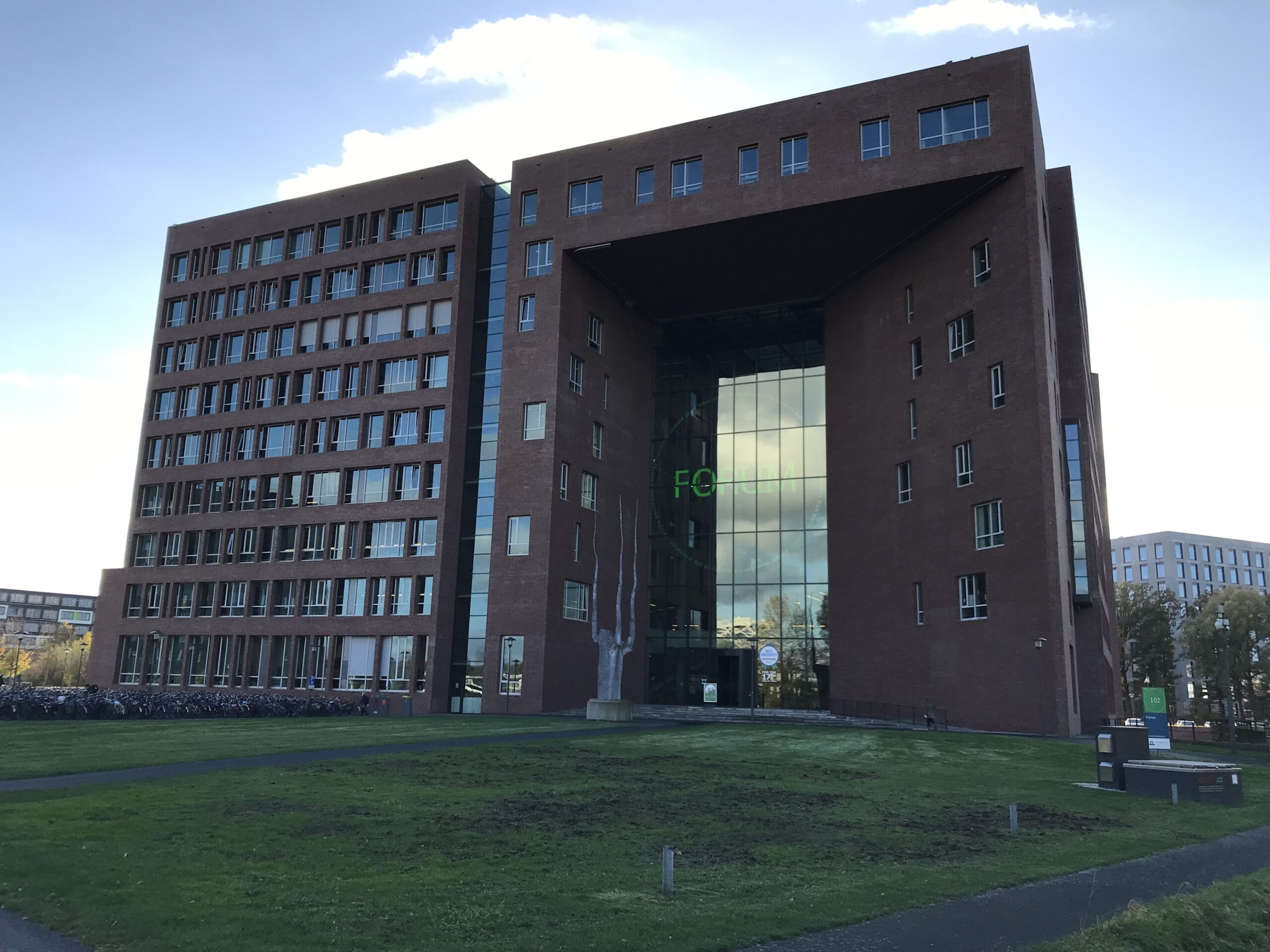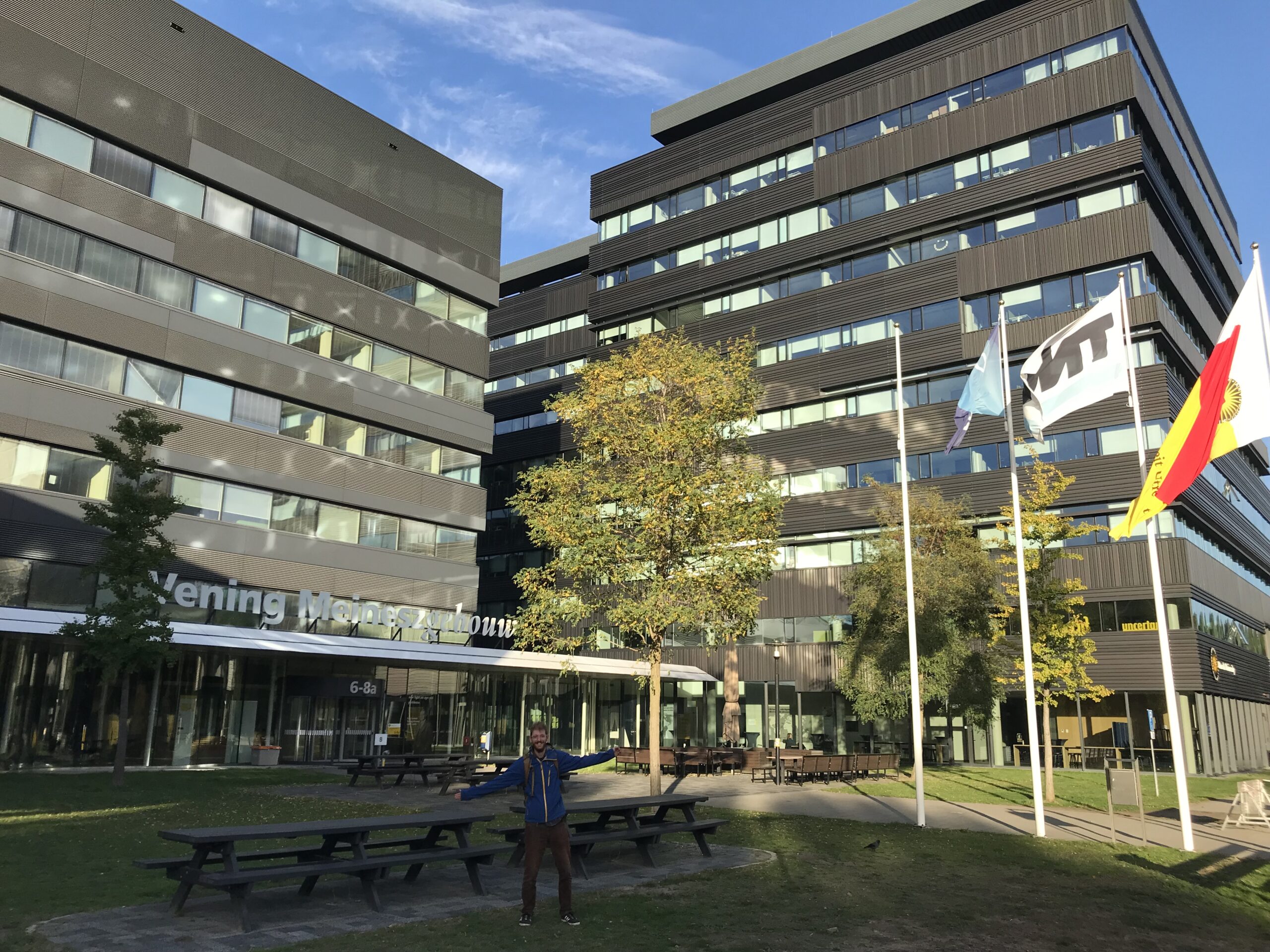Blogs
Coming to an End
Hi, here is Rouven (ESR10), and in this blog I will tell you a bit about my final secondment at Wageningen University in the Netherlands.
Wageningen University
In October 2022 time has come to start my final secondment – this time in the Netherlands at Wageningen university. The Wageningen university started roughly 100 years ago as a small agricultural collage. Nowadays WUR (Wageningen University & Research) is listed among the top 150 universities in the world and focuses on life sciences and agricultural research. I was excited to live for 2 months on the “countryside”, so that I could completely focus on my PhD thesis.
But a first unexpected difficulty came up when I started organizing my stay. Finding a place to live is definitely not so easy in a small town like Wageningen with a comparably huge university with ~12 000 students. However, as so often when you almost want to give up, I could get hold of a small flat and found a place where I could spend the next 2 months.
After my arrival and a warm welcome in my new working group “soil chemistry and chemical soil quality”, I had to get one thing done before I could really feel like a local – getting a bike! At least some Dutch clichés are still true.

Forum building at Wageningen university campus
Writing retreat in Wageningen
The secondment in Wageningen was quite different compared to the previous ones. The end of our P-Trap journey approaches and so it is time for me to finish up my work. And finishing up work means probably the worst part for most PhD students: analyzing, interpreting, and writing down results. Over the last 3 years I spend most of the time in the laboratory doing experiments and measuring samples. But now this jolly time is over, and I had to sit down in the office. Luckily, I got some support by my supervisors Naresh Kumar and Walter Schenkeveld who are currently both located at the Wageningen university. This gave us the opportunity to directly and in person talk about my results and puzzle together about the best interpretation.
In science, writing manuscripts and publishing papers is one of the most important aspects, since it means that you share your results with the whole scientific community. In this way other scientist can use your findings to reference, compare or base their own research on. If they use your results they will cite you, and the more citations your published paper gets the better, since it shows that many people are referring to your work and are interested in what you have done. Thus, citations can be seen as a “scientific currency”. This also means that it is worth spending some time and effort on writing.
However, from a manuscript to a published paper it can be a long way. First of all you need to structure your data and results in comprehensible way. I) Introducing into the topic and providing some background information; II) listing which material and methos, protocols you have used and how you analyzed your data; III) presenting your actual data in a good visual way and describing your results; and finally, IV) discussing your findings; what it means, which implications it has and what conclusions one can draw. It often sounds much more easy than it actually is. After you have finished your manuscript, you want other people to read and criticize it – something supervisors love to do 😉
After you have made it so far, you also need to think about a journal you would like to publish in. There are thousands of journals and sometimes it is not so clear which one to choose. Journals are ranked by their impact factor which translate into how many people are reading articles from this journal, and the higher the impact factor the better. The most known journals are “nature” and Science” but there are many more which are much more specialized. However most important is that your content fits to the scope of the journal and mostly journals have also strict formal criteria on word limit and structure. Once you have your manuscript and selected a journal, it’s time to upload it. And then it is an awful time of waiting for a respond. The editor of the journal will browse through your manuscript if it fits the criteria and scope of the journal. Accordingly, he decides if your paper will be accepted or rejected. If your unlucky and your paper got rejected, you might consider changing major parts or submit it to another journal which might fit better. But if you’re manuscript is admitted you just made the first step. The editor will send your manuscript to several reviewers who are experts in that field. The reviewers will actually check your scientific work and give advices what you should improve or even that it cannot be published due to incorrect results, missing data, lack in novelty… Depending on the reviewers judgement the editor decides if the paper gets i) directly published, ii) you have to do some revisions but then it will be published or iii) your manuscript is rejected.
So you see, this is a long tedious process!

Visit at Utrecht university
But days in Wageningen were not only strenuous! I also used my stay in the Netherlands to mingle with the other P-Trap ESRs since there were several close by in Utrecht. We managed to get quite a number together: Karel, Melanie, Mingkai, Victoria, Ville and I met for a work- and afterwork-day with boulders and beer.
Cheers!

